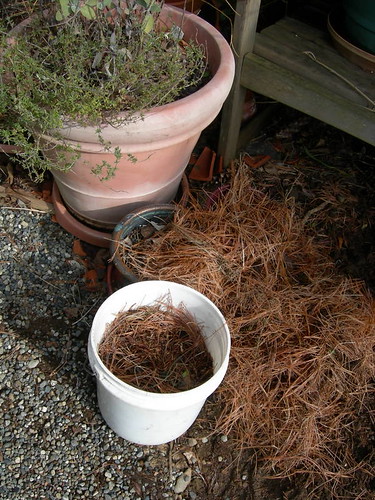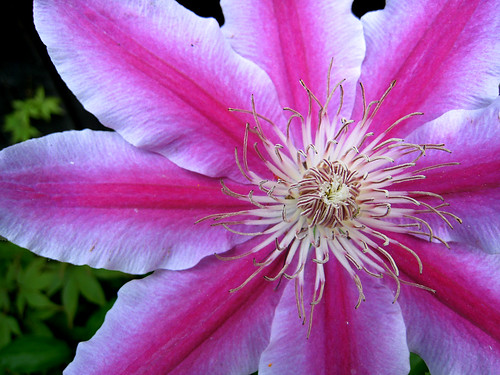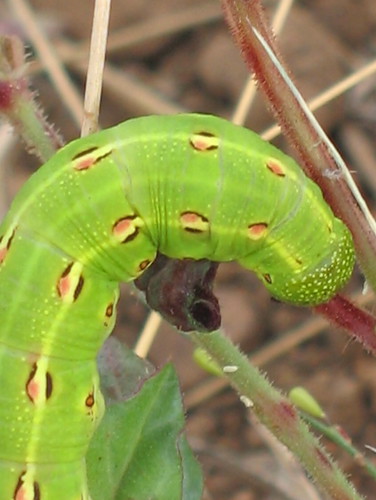
TheGardenLady received this question from Tiffany.
I recently purchased two three foot tall peace lillies and my cat keeps chewing the leaves. How can I stop the cat from eating the leaves without damaging the plants?
From your question it doesn’t seem like the cat is using the plant soil as its kitty litter but is eating the leaves. So this column will not give suggestions on how to keep cats from digging in the soil.
If the cat eats the leaves of the plant, there is the possibility that the cat is missing some nutrient from its diet. Have you tried to plant catnip? Cats love catnip. They go crazy for it. So perhaps if you plant some catnip for the cat, the cat will forget the peace lily and go after the catnip. Buy a cheap dish drainer to cover a pot indoors or on the spot it is planted outdoors. An example of a dish drainer is on Amazon.com here, but I would see if I could find one in a garage sale. Why waste money on an expensive dish drainer? The catnip will grow through the openings of the dish drainer but won’t let the cat pull the catnip out by the roots and the dish drainer won’t allow the cat to knock over the pot. Try to start a few different catnip plants around the house to distract your cat.
Another option is to buy catnip toys to switch the cat’s behavior to play with toys rather than your plants.
Another option is to have a spray bottle of water or a water pistol and when you see the cat chewing on the leaves of the plant to spray the cat with the water and hope the cat learns the lesson that it is not to eat the flower leaves or it will get sprayed. Cats don’t like to be sprayed with water. But one has to be consistent and whenever you catch the cat in the plant surprise it with the water spray. But don’t use anything stronger than water to spray at the cat.
You can also try making a loud noise when you see the cat going for the plant. Cats have sensitive ears and will learn to avoid the plant if each time it goes near the plant it hears the noise. But again, you have to do it each time it approaches the plant.
Another option is to spray the plant (not the cat) with a solution of cayenne and water or sprinkle the plant with a mixture of 2 parts cayenne pepper,
3 parts dry mustard and 5 parts flour . Sprinkle it on any plant you don’t want the cat to eat. Reapply periodically. If using it outdoors, reapply after a rain.
TheGardenLady read that cats do not like the citrus smell, so if you place some lemon peel or any other citrus peel on the soil of potted plant, the cats should leave the flower alone. Reapply periodically.
Good luck with training your cat. Let the readers know if any of these suggestions worked for you.




